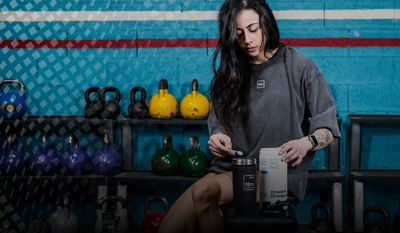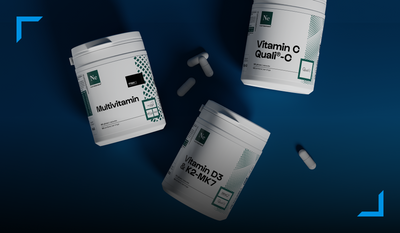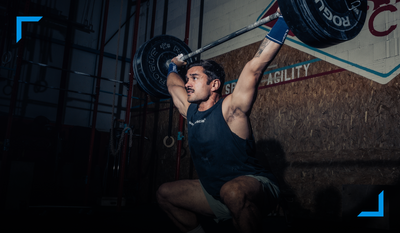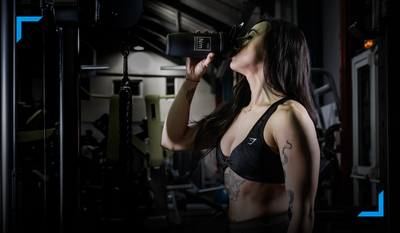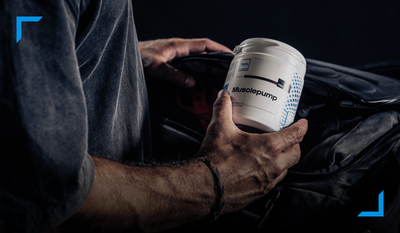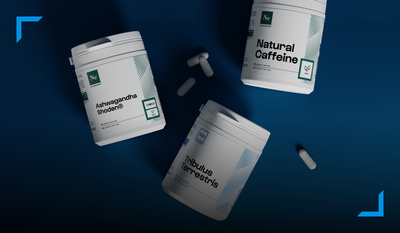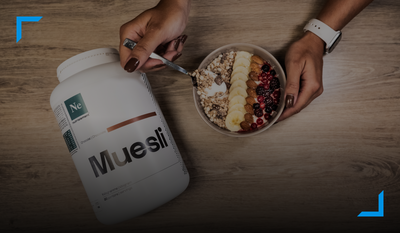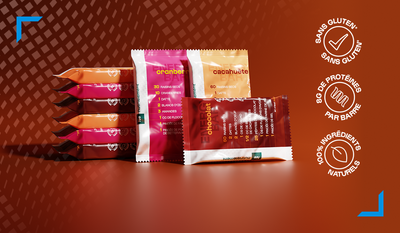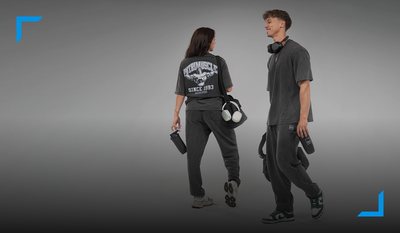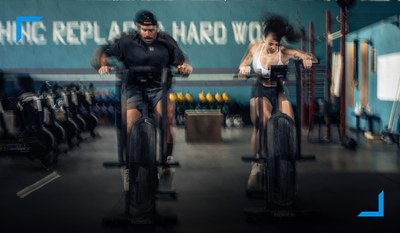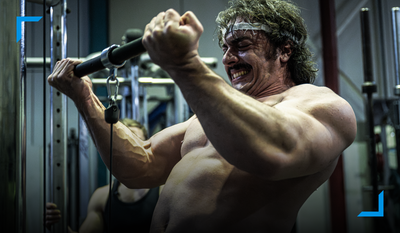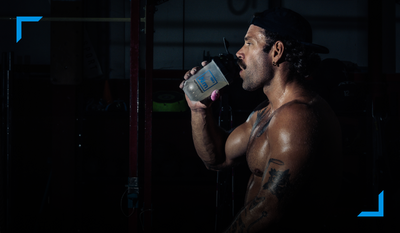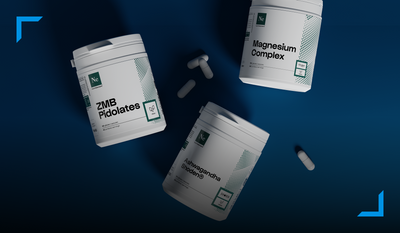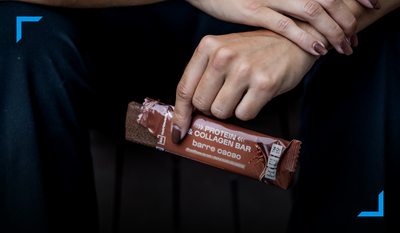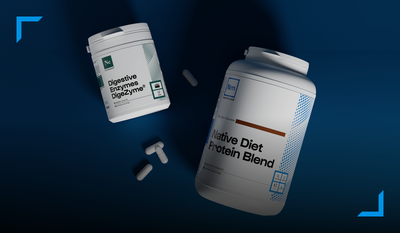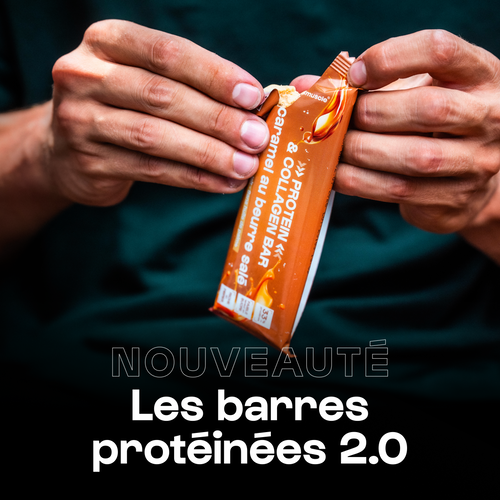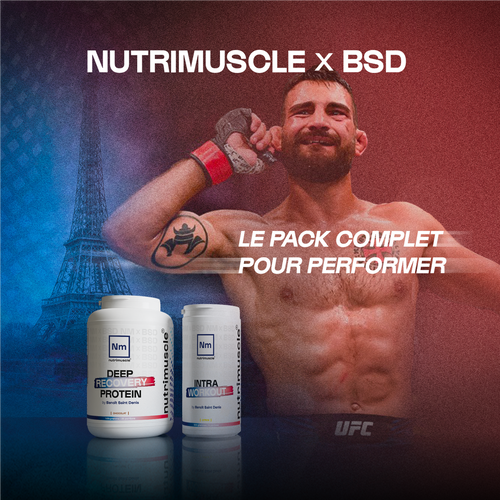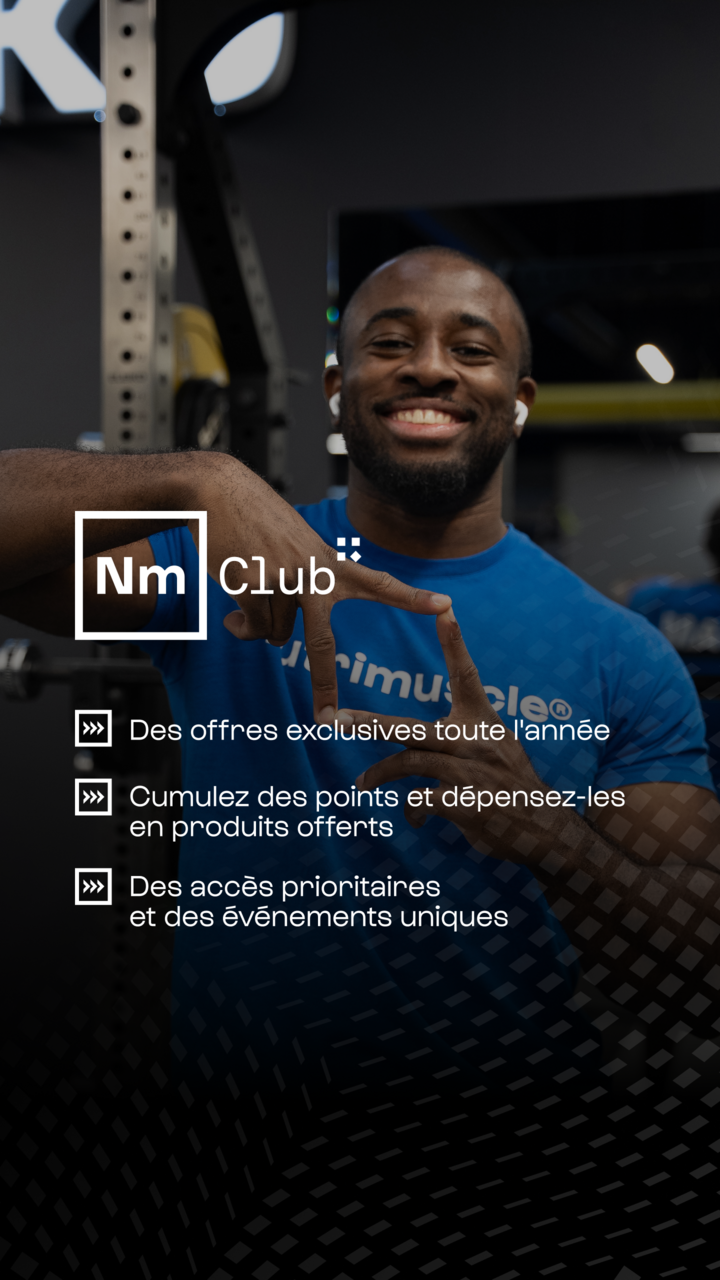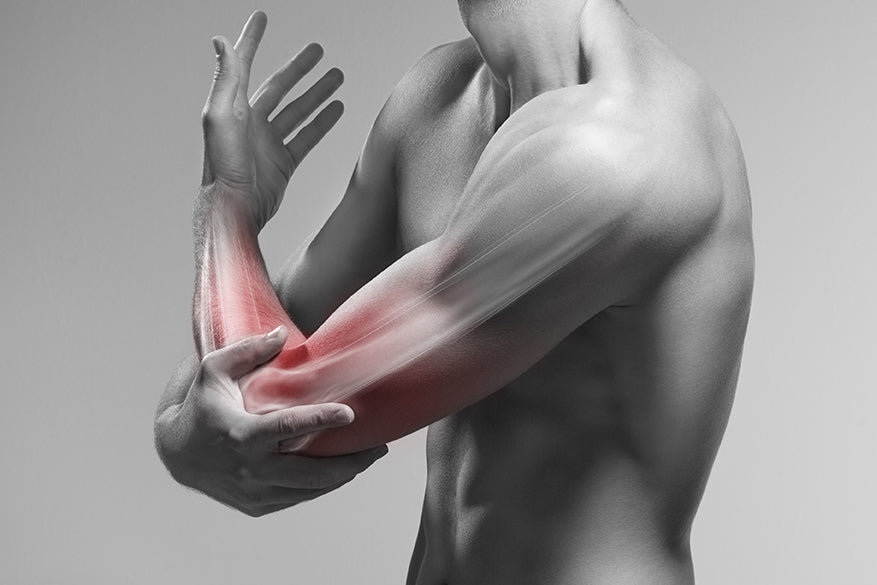0 commentaires
It is common to have aches and even tendinitis after sport. Nutrimuscle helps you better understand your sensations and discusses with you solutions to combat aches and tendinitis.
Aches: deceptive sensations
Multiple counterintuitive phenomena are generated during body aches, which gives rise to numerous confusions and leads to erroneous conclusions.
A perception with variable geometry
Muscle stiffness goes almost unnoticed when the muscle is not under tension . It's only when you contract it or press on it that it appears. The stronger the contraction, the more intense the pain and vice versa.
Likewise, the intensity of the sensations of soreness fluctuates throughout the day. It is usually in the middle of the night that the pain is exacerbated. We can clearly see these same fluctuations of pain in the case of a cold: it is in the evening, when we try to sleep, that the discomfort of a sore throat manifests itself most painfully.
Pain fluctuations
Logically, for the same damage to muscle tissue or irritation of the respiratory walls, the intensity of the pain should be constant throughout the day, but this is not the case. These well-known fluctuations reveal the dual nature of pain , in particular that due to aches.
There are two causes for feeling aches:
- A local (or peripheral) element that directly affects the muscle(s) being trained.
- A central element in the brain , which modulates the perception of pain sensations coming from the muscles. Research shows that there is neural facilitation of the sensation of pain emanating from the brain (1).
This lowering of the pain threshold does not occur when the muscles are relaxed. It appears when we put them under tension. Additionally, it is very specific, affecting only damaged muscles. It is at this central level that pain modulation will take effect .
Pain threshold modulation
A very simple way to play with this second factor of pain perception is to contract the aching muscle. At first it hurts a lot! Then as the muscle warms up, the pain subsides. It can even go so far as to fade completely. Unfortunately, just because the muscle is warm doesn't mean the soreness has actually gone away. It is just hidden, ready to reappear as soon as the muscle has cooled sufficiently.
This is a typical example of a modulation of the pain threshold allowed by the brain because, in certain dangerous situations, we absolutely have to use our muscles. It's a survival mechanism. If we had had to flee from danger with muscles disabled by the pain of aches, we would have performed significantly less well.
An unexpected location
Contrary to what one might think, the sensation of stiffness only comes from contractile muscle fibers. The “curvature” is in fact mainly localized on the fascia, the peripheral covering of the muscles (2 - 3).
It is on this muscular sheath (fascia), much more than in the muscles themselves, that the most sensitive receptors for pain are located (4).
Researchers determined this by injecting, in an extremely precise manner, a substance that causes pain. In the days following an intense weight training session, the pain is increased tenfold when the substance is injected into the fascia while it remains similar when the product is injected into the muscle itself.
Sore fascia indicates damage from training . It must therefore be repaired so that the curvature disappears. This has nothing to do with the regeneration and growth of the muscle itself.
However, there is no doubt that muscle fibers have been damaged following training and need to be rebuilt and strengthened (5). However, it is not the contractile tissues that produce the bulk of the pain when you have aches.
What are the consequences ?
Several consequences arise from these medical discoveries:
- You need to be very careful when the soreness is located at the junction of the muscle and tendon rather than right in the center of the muscle, which means that your range of motion on the stretching portion of the exercises may have been a little excessive. The risk of tendonitis, or even tears, is increased if you continue with this type of training.
- A muscle may appear to continue to be sore, but in reality has already recovered. We are just dealing with a sort of "echo" of fascia pain, which tends to fade less quickly than the muscle damage itself.
- You should not hesitate to retrain on a muscle whose peak stiffness has just passed. You should simply avoid putting too much force on the fascia with large movements that will stretch it too much or with weights that are too heavy. On the other hand, exercises in longer series with continuous tension, therefore a lower amplitude especially in the stretching phase, will be perfectly suitable.
Indeed, it is disturbing to note that it is local growth factors for muscles such as NGF (Nerve Growth Factor) and COX-2 (cyclooxygenase-2) which also exacerbate the sensation of pain (6).
GDNF and the sensation of pain
We find the same logic of stimulation of progression with an increase in the local production of growth factors for the nervous system such as GDNF (glial cell line-derived neurotrophic factor). Through a dual function, GDNF simultaneously exacerbates the feeling of local pain while allowing the strengthening of the nerve signal from which our muscular power emanates (6).
So if retraining on aches and pains is painful, this strategy is also very effective in triggering the production of growth factors beneficial to strength gain and muscle gain.
- Massages on a foam roller or tennis ball can contribute to the regeneration of the fascia.
- Collagen hydrolysates (Peptan®) will be better able to get rid of "fascial" aches than classic proteins (whey, casein, egg, etc.). Indeed, research shows that “classic” proteins are not the most appropriate for increasing muscle collagen regeneration, whether taken at rest or after strength training (7).
However, leucine has some ability to promote collagen synthesis (8). On the other hand, it has been shown that oral intake of collagen hydrolysates effectively stimulates the anabolism of collagen fibrils (9).
As such, Peptan® therefore has a dual role:
- Stimulate the anabolism of collagen in muscles , tendons and joints.
- Provide very specific amino acids to collagen such as hydroxyproline, which are absent from classic proteins, BCAAs or food even though their needs are increased by regular sports practice (10-11).
We now understand why studies that sought to reduce muscle aches or make them disappear more quickly by increasing conventional protein intake have failed.
A historic turning point in the use of proteins among athletes
If aches are closely linked to damage to the collagen which makes up the fascia, this means that it is wise to increase the intake of collagen hydrolysates in the event of aches. Indeed, the fascia is made up of connective tissue very rich in collagen.
Classic proteins, due to their amino acid composition, primarily target contractile tissues. They are significantly less effective in repairing damaged fascia collagen than collagen hydrolysates (which specifically target collagen regeneration).
Primary role of Peptan®
This does not mean that collagen hydrolysates must replace these proteins, because Peptan® targets the contractile elements of the muscles much less well, hence the need to have a dual source of proteins (classic + Peptan®).
This awareness of the essential role of Peptan® in athletes marks a turning point in our understanding of sports nutrition, emphasizing that the increased need for collagen proteins is much more important than what we thought until now; the more intense the training, the more vital the need for collagen is for the athlete (10-11).
Can you be immune to body aches?
After certain training sessions that were predicted to be very "straining", the athlete's masochistic tendency encourages him to be disappointed if he does not feel any muscle pain. But as we saw above, the central aspect of suffering due to aches allows the brain to play many tricks on us. It is important to ensure the veracity of one's perceptions so as not to draw erroneous conclusions due to the supposed absence of aches. On the other hand, some people think they never feel aches. What is it really ?
In order to check this effectively, there are two control techniques. They consist of using:
-
Strong local pressure obtained with a massage on a tennis ball or foam roller, exerting as much compression as possible.
- Electro-stimulation which amplifies the nerve pain signal.
In theory, it would be ideal to repeat these tests in the middle of the night, approximately 30-40 and 60 hours after the workout that is supposed to have caused soreness. This is obviously not practical. However, we recommend testing in the morning, on cold muscles, rather than in the evening.
Very often, these tests will lead to revealing a sore muscle when we had the impression that it was unharmed. These tests make it possible to control:
- The truth of our feelings.
- The accuracy of the conclusions we draw from them.
- The speed of recovery after a workout.
Importance of Peptan ® for tendon recovery
Following strength training or sports practice, a deep restructuring of the collagen fibers that make up the tendons is triggered (12).
Without a supply of collagen proteins, this restructuring will be delayed or incomplete which can lead to injuries; slight temporary pain at first with the risk of transforming into tendinitis, which we cannot then get rid of (13).
Tendinitis: insufficient recovery
And this, without mentioning the regeneration of tendons which takes place constantly and which is intensified by physical activity (10-11).
Thus, tendonitis is none other than an insufficient recovery of the tendons due to training too close together and/or a nutritional deficit which does not provide enough collagen protein precursors while the needs are increased in the athlete. .
Hydrolysis: the key to the effectiveness of Peptan ®
Collagen is historically considered a low-quality protein source because it has poor absorption. However, thanks to the hydrolysis of amino acids, the absorption of collagen hydrolysates from Peptan® reaches approximately 95% (14).
This improvement through hydrolysis places Peptan® among the best proteins, not to nourish the muscle itself, but the entire sheathing architecture that surrounds it, such as tendons, fascia, extracellular matrix...
For perfect anabolic synergy, Peptan® can be combined with BCAAs .
Fight against aches and tendinitis: conclusion
We must use collagen proteins as soon as we start a sporting activity in the same way as “classic” proteins, because our needs are much greater than we previously thought.
Don't wait until you're in pain before boosting your collagen supplementation.
Scientific references
(1) Gibson W. Delayed onset muscle soreness at tendon–bone junction and muscle tissue is associated with facilitated referred pain. Exp Brain Res. 2006 174, Issue 2, pp 351-360
(2) Lau WY. Changes in electrical pain threshold of fascia and muscle after initial and secondary bouts of elbow flexor eccentric exercise. Eur J Appl Physiol. 2015 May;115(5):959-68
(3) Gibson W. Increased pain from muscle fascia following eccentric exercise: animal and human fingers. Exp Brain Res 2009 194:299–308
(4) Malm C. Leukocytes, cytokines, growth factors and hormones in human skeletal muscle and blood after uphill or downhill running. J Physiol. 2004 May 1;556(Pt 3):983-1000.
(5) Yu JY. Evaluation of muscle damage using ultrasound imaging. J.Phys. Ther. Sci. 2015 27:531–534.
(6) Murase S. Upregulated glial cell line-derived neurotrophic factor through cyclooxygenase-2 activation in the muscle is required for mechanical hyperalgesia after exercise in rats. J Physiol 2013 591.12 pp 3035–3048.
(7) Holm L. Contraction intensity and feeding affect collagen and myofibrillar protein synthesis rates differently in human skeletal muscle. Am J Physiol 2010 Vol. 298 no. 2, E257-E269.
(8) Barbosa AW. A leucine-rich diet and exercise affect the biomechanical characteristics of the digital flexor tendon in rats after nutritional recovery. Amino Acids 2012:42:329–336.
(9) Minaguchi J. Effects of Ingestion of Collagen Peptide on Collagen Fibrils and Glycosaminoglycans in Achilles Tendon. J Nutr Sci Vitaminol. 2005 51, 169-174
(10) Deus AP. MMP(-2) expression in skeletal muscle after strength training. Int J Sports Med. 2012 Feb;33(2):137-41.
(11) Reihmane D. Increase in IL-6, TNF-α, and MMP-9, but not sICAM-1, concentrations depends on exercise duration. Eur J Appl Physiol. 2013 Apr;113(4):851-8.
(12) Kubo K. Time course of changes in the human Achilles tendon properties and metabolism during training and detraining in vivo. Eur J Appl Physiol. 2012 112, Issue 7, pp 2679-2691
(13) Dideriksen K. Muscle and tendon connective tissue adaptation to unloading, exercise and NSAID. Connect Tissue Res. 2014 Apr;55(2):61-70.
(14) Oesser S. Oral administration of 14C labeled collagen hydrolysate leads to an accumulation of a radioactivity in cartilage of mice (C57/BL). J.Nutr. 1999 129, 1891-1895.




